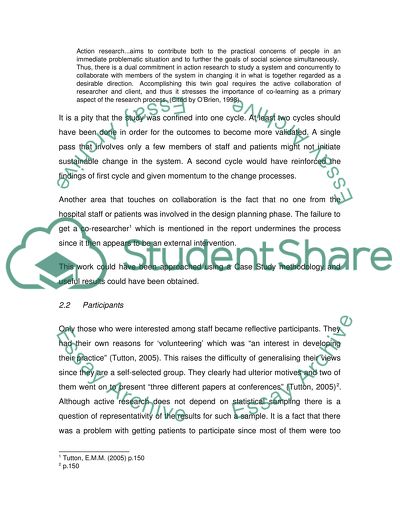Cite this document
(“Critical Evaluation of a Published Research Report Book /Review”, n.d.)
Retrieved from https://studentshare.org/sociology/1508950-critical-evaluation-of-a-published-research-report
Retrieved from https://studentshare.org/sociology/1508950-critical-evaluation-of-a-published-research-report
(Critical Evaluation of a Published Research Report Book /Review)
https://studentshare.org/sociology/1508950-critical-evaluation-of-a-published-research-report.
https://studentshare.org/sociology/1508950-critical-evaluation-of-a-published-research-report.
“Critical Evaluation of a Published Research Report Book /Review”, n.d. https://studentshare.org/sociology/1508950-critical-evaluation-of-a-published-research-report.


